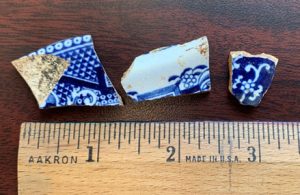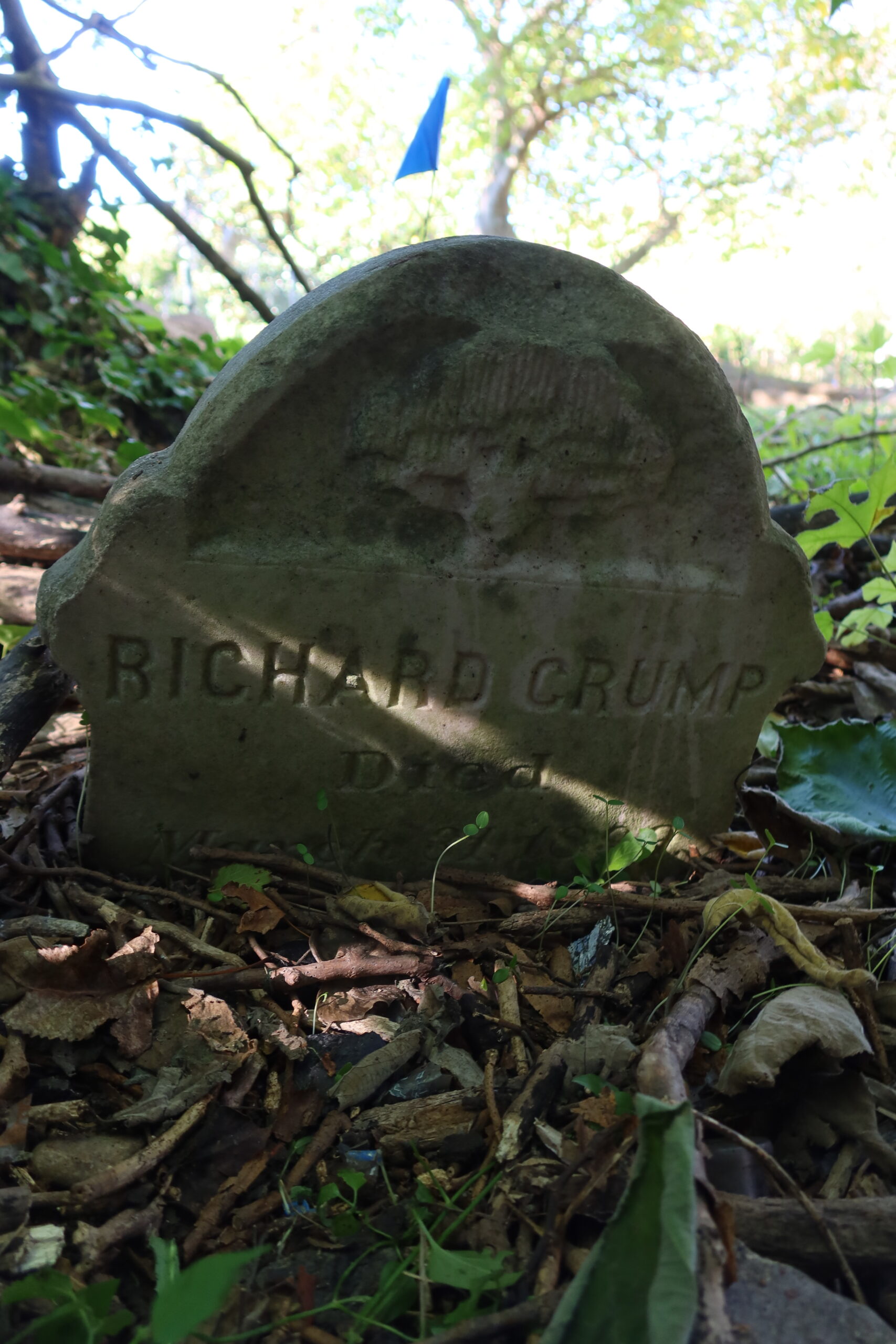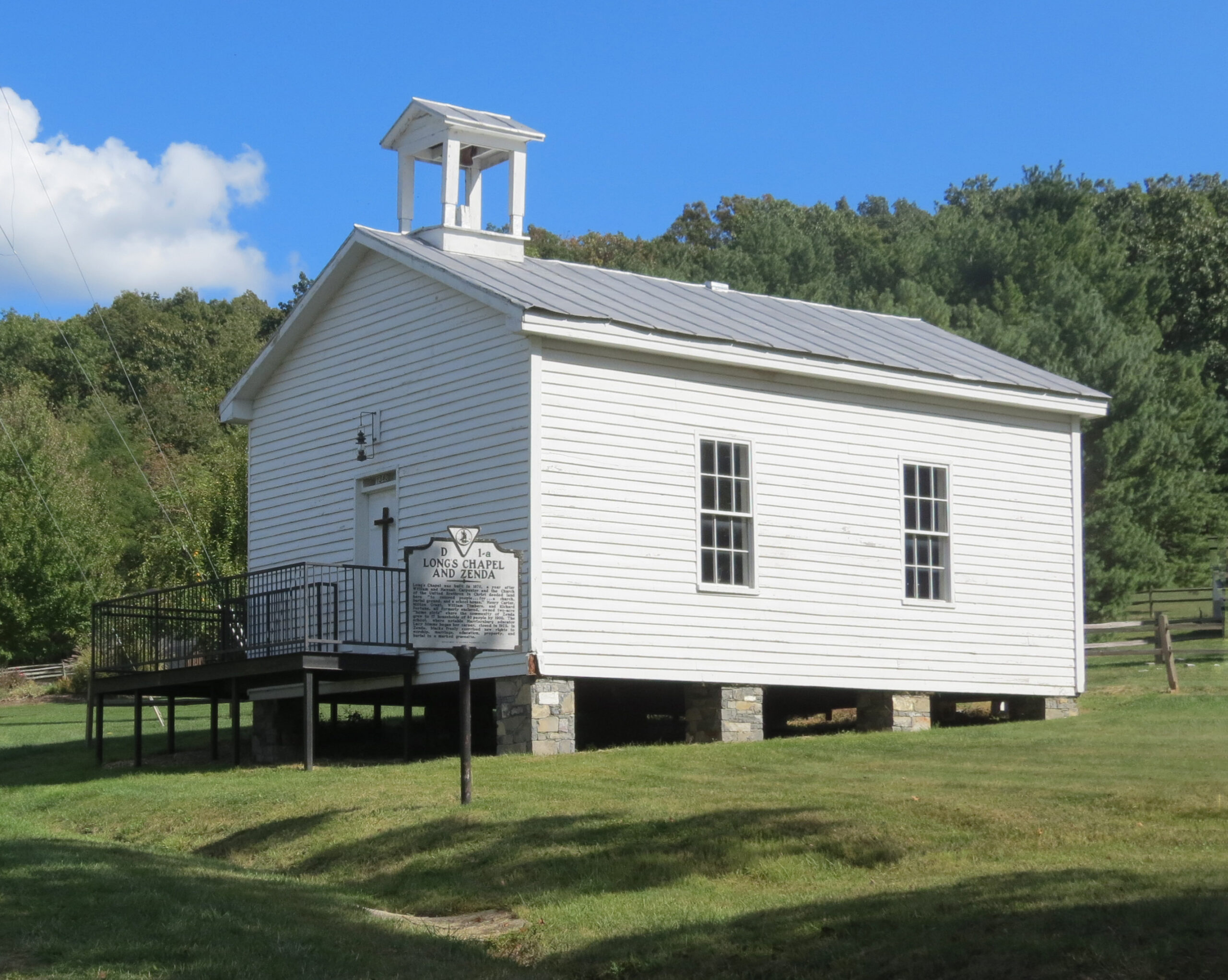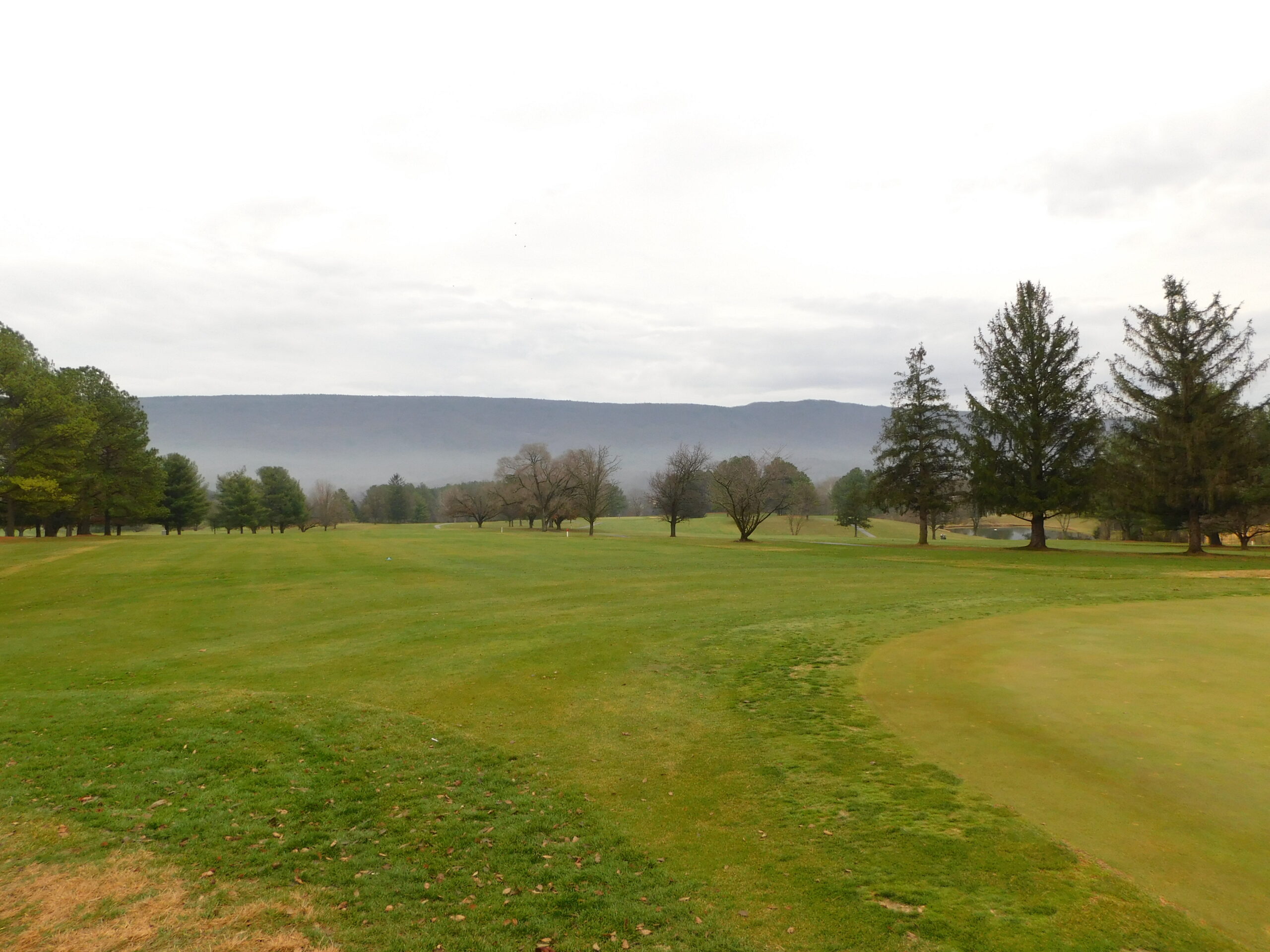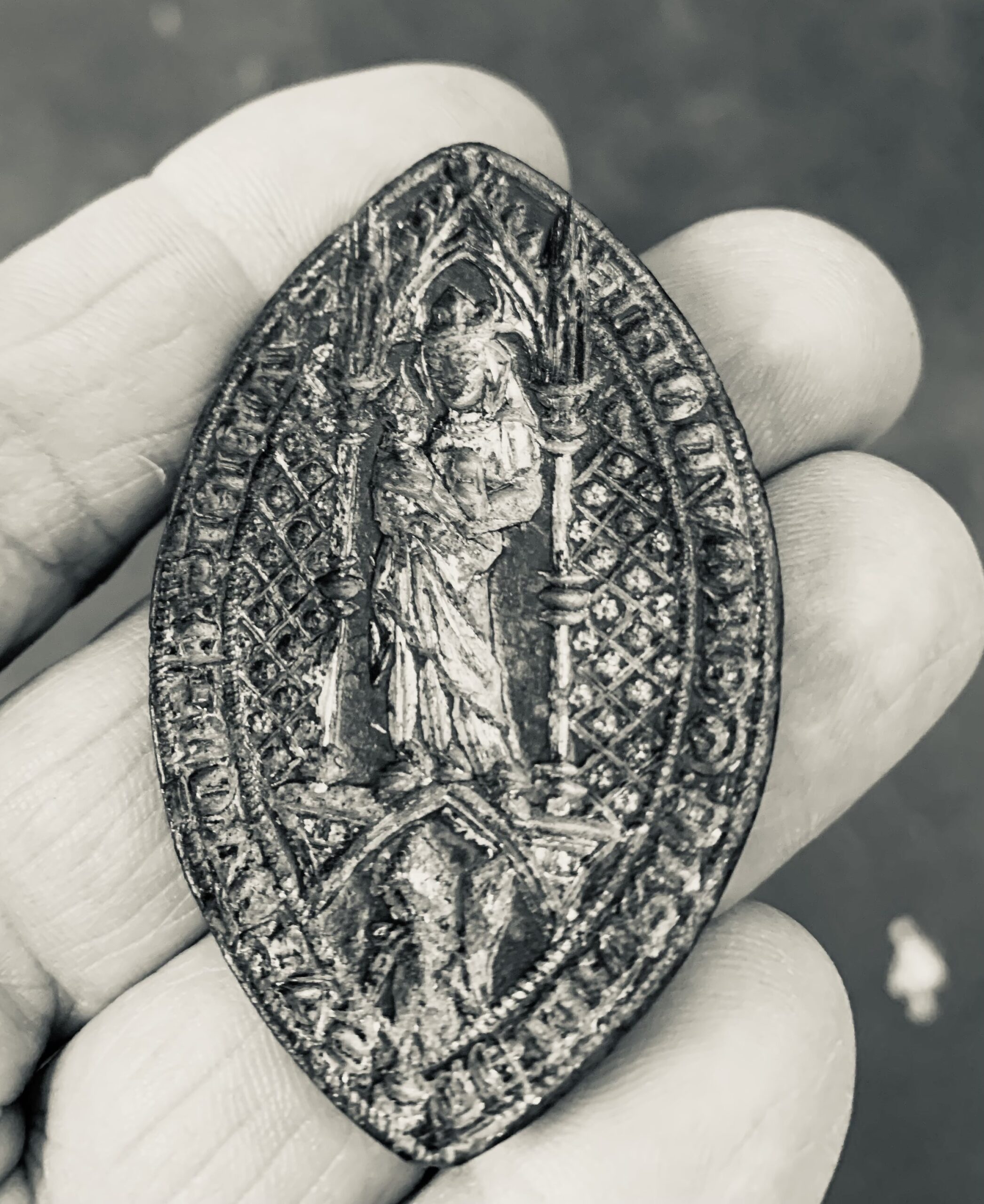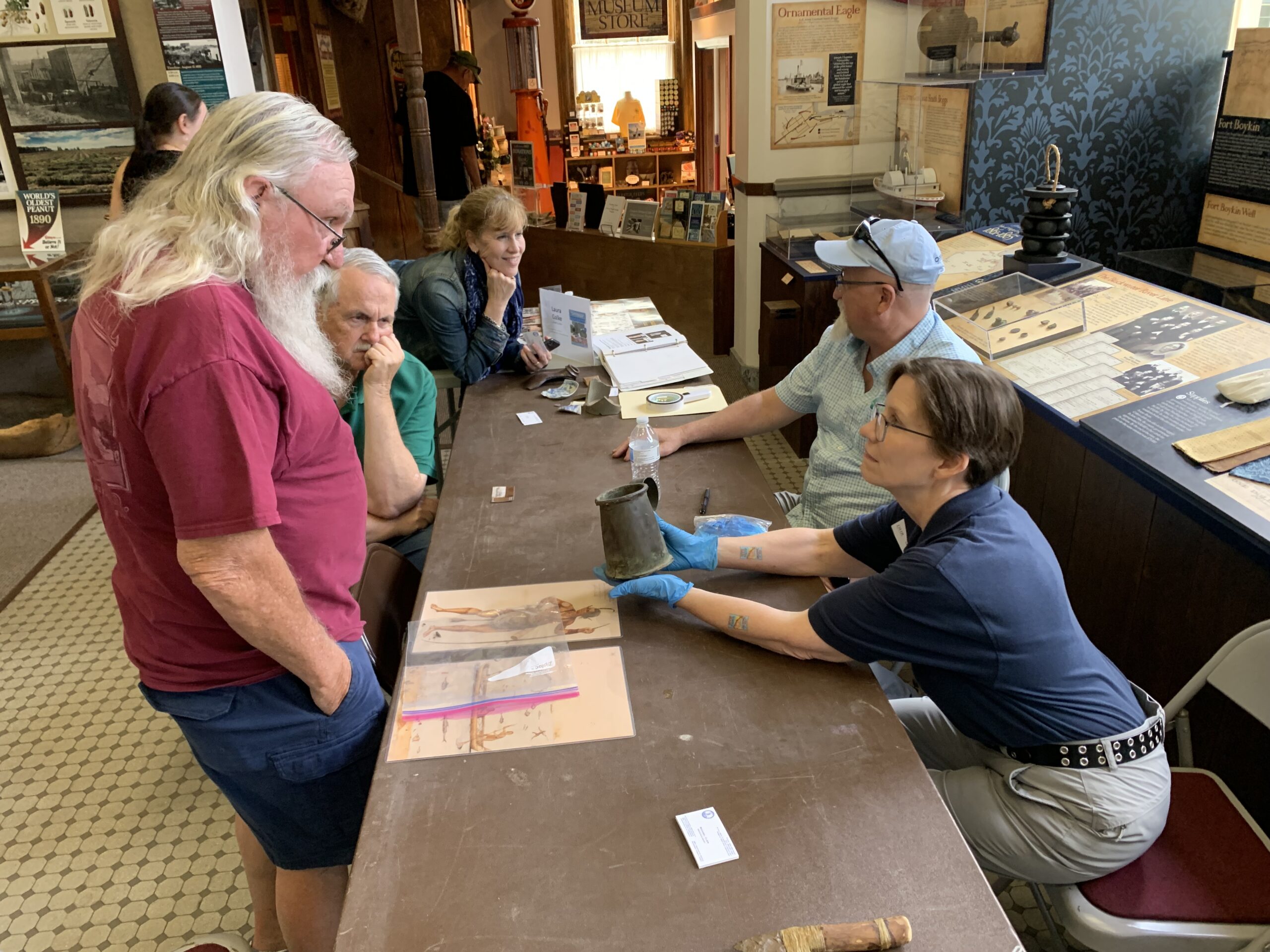Ceramic Artifacts (Sherds)
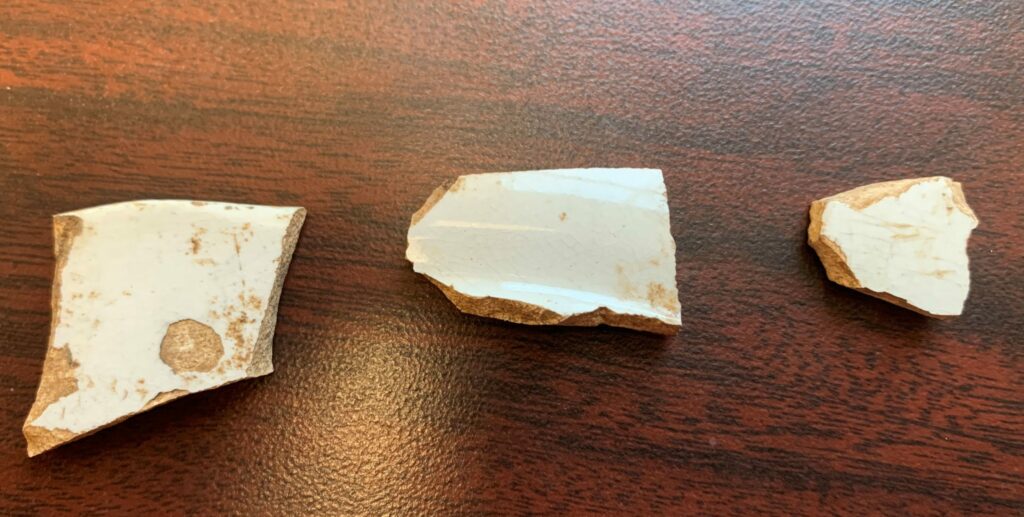
Kristie Kendall, Historic Preservation Coordinator, Piedmont Environmental Council (PEC), submitted these photos to DHR. PEC is curious about the timeline for these artifacts. Kendall added this information:
PEC owns several properties in Virginia, including a 50-acre parcel known as the Piedmont Memorial Overlook on Ovoka Mountain next to Sky Meadows State Park. The Piedmont Memorial Overlook sits within a large block of privately and publicly protected land that is a patchwork of forest, livestock pasture and mountainous fields. The property is accessible from Sky Meadows State Park and the Appalachian Trail.
Kendall adds:
Historic research into the property revealed that it was part of an early land lease. A widow named Joanna Pede Marshall came to the mountain shortly after her husband's death in 1792 and had a home constructed for her and her children, near that of her brother-in-law, Moses Green, and others including the O'Rear family. We recently located the remains of a home site on the property, which we believe to be the Marshall homeplace. Documentary research suggests the Marshall Family inhabited the house by from the late 18th century through 1870 to 1880. Afterward, it appears a series of tenants may have resided here until about 1900-1920. We have recovered (surface) artifacts from the area around the home site, which has historically been undisturbed pastureland, and believe they may have belonged to the Marshall family.
DHR archaeologist Mike Clem’s response:
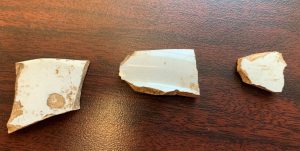
It is sometimes difficult to identify artifacts, especially certain ceramic and glass fragments, from photographs. All the same, these ceramic fragments appear to be either pearlware and/or whiteware with a transfer printed pattern.
Pearlware resulted from the ongoing attempt by English potters to replicate the beautiful white porcelain dishes, with their intricate blue decorations, imported from China. The use of cobalt as an additive in the glaze gave pearlware a slight blue tint, as opposed to the buttery looking creamware that preceded it. Both ware types were introduced by Wedgewood.
Pearlware was first developed just before 1780 and overlapped with the production and continued use of creamware into the first decades of the 1800s. The production of creamware essentially ended about 1820 and pearlware transitioned for another decade or so. As the use of cobalt as an additive in the glaze of these white earthenwares decreased, so did the bluish tint characteristic of pearlware. This transition phase leaves us with what became known commonly as whiteware.
The first transfer printing was done just a few years after pearlware was first introduced and continued on throughout the 1800s. To me, the pattern on these sherds seems to be Chinese or Chinoiserie styles. These patterns date to the earliest decades of the 1800s but continue for many years because of their popularity. The reverse side of the sherds (photo above) does not appear to show much, if any, bluish cobalt tint. Together the pattern and lack of tinting leads me to believe that we’re looking at early whiteware. So, I’d place these somewhere in the middle of the Marshall family’s occupation at the site, in the 1820s to 40s.
A very good description of the early white earthenwares of the period and transfer printing can be found online at the website of Maryland's Jefferson Patterson Park and State Museum of Archaeology.
* * *
Do you have an artifact you’ve found in Virginia that you would like to know about?
Send us a photo or several of good quality and focus. Ideally, the photo(s) will have a scale – a ruler or a coin or something recognizable pictured next to the object so that we can get a sense of the size of the item. Also, please let us know approximately where the item was found. Our team of experts will get together, identify the item, and give it some context – its function, and who would have used it and where it was made, etc. We are interested in both historic and pre-contact period artifacts – broken or whole. It doesn’t matter.
As we all know, a single artifact is interesting but without its original context (the soil in which it was found, it’s placement in relation to other artifacts, etc.) it will only tell a limited part of the story. By using our knowledge of similar items that have been recovered from a good context we hope we can elaborate generally on the bigger picture of a time period and the people who may have used the particular item.
Send your photos to Ask an Archaeologist. Let us know if it is OK to use your name or not.
